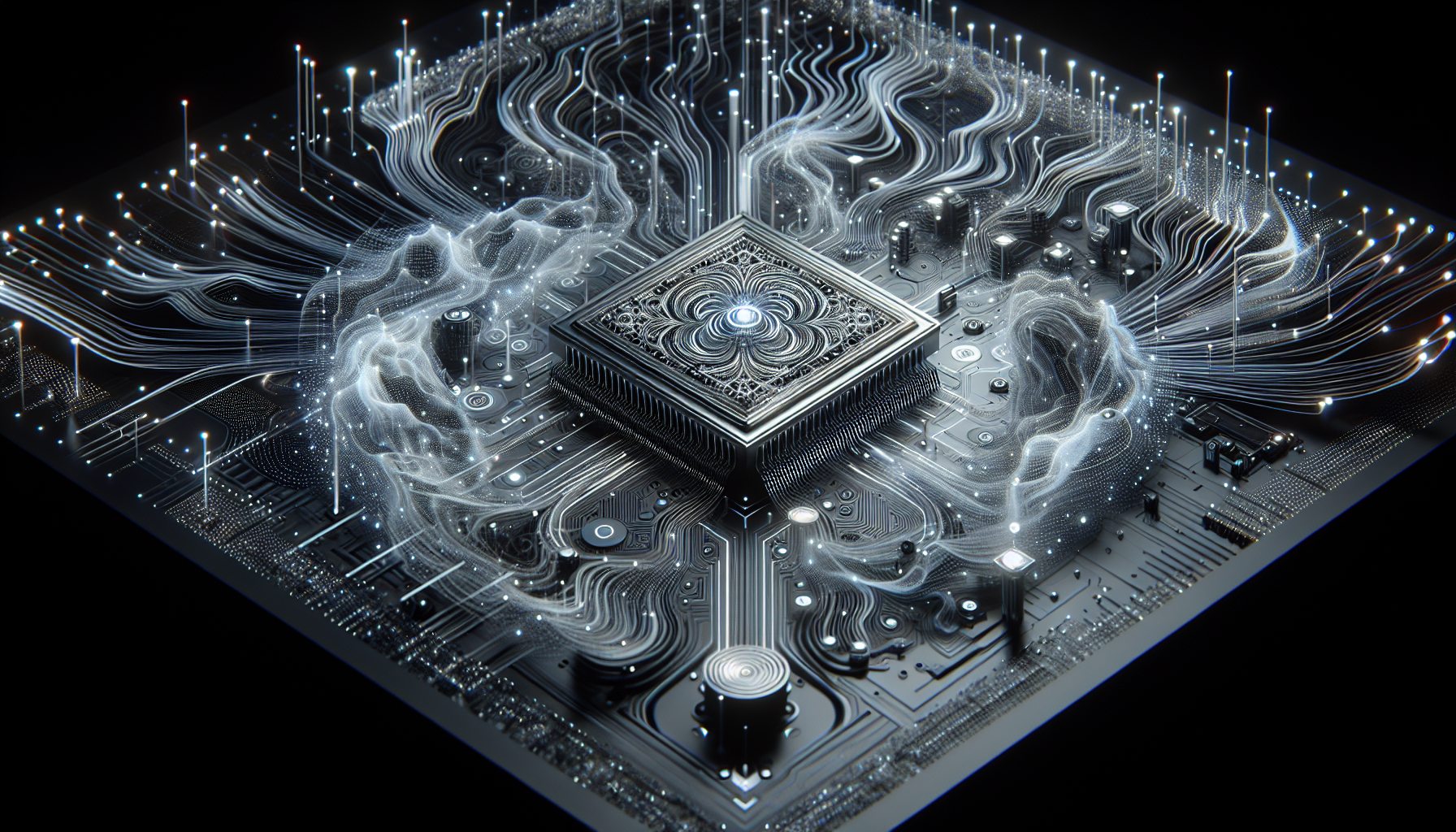From Brain to Chip: Intel's Loihi 3 Redefines AI Efficiency
What if your AI assistant could think more like a human-while using a fraction of the energy? That's the promise behind Intel's latest breakthrough: the Loihi 3 chip. Unveiled on June 8, 2025, this third-generation neuromorphic processor is designed to mimic the brain's neural architecture, offering a radical shift in how machines learn, adapt, and process information.
With AI workloads ballooning and data centers projected to consume 10% of global electricity by 2030, the need for energy-efficient computing has never been more urgent. Loihi 3 doesn't just promise incremental gains-it delivers up to 100 times the energy efficiency of traditional GPUs for specific AI tasks. That's not just a performance boost. It's a paradigm shift.
What Makes Loihi 3 Different?
At the heart of Loihi 3 is a spiking neural network (SNN) architecture. Unlike conventional AI chips that process data in fixed cycles, SNNs fire only when needed-just like neurons in the human brain. This event-driven model slashes power consumption and enables real-time responsiveness, making it ideal for edge devices, robotics, and autonomous systems.
The chip packs 1.15 billion artificial neurons and 128 billion synapses, a massive leap from its predecessor, Loihi 2. It operates at just 100 milliwatts, yet delivers a 30% speed improvement. In a live demo, Loihi 3 powered a robotic arm that adapted to environmental changes in milliseconds-no cloud connection, no lag, just pure on-device intelligence.
Why It Matters Now
AI is everywhere-from your phone's voice assistant to self-driving cars. But the infrastructure powering these systems is energy-hungry and often centralized. Loihi 3 flips that model. By enabling smarter, low-power devices that can learn and adapt locally, it opens the door to a new class of AI applications that are faster, greener, and more private.
Dr. Sarah Lin, a neuromorphic computing expert at MIT, sees this as a turning point. "Loihi 3 could enable battery-powered devices that learn on the fly, without needing to ping the cloud every second," she said. Think hearing aids that adjust to your environment in real time, or drones that navigate complex terrain without external guidance.
The Software Challenge
Despite the hardware leap, neuromorphic computing still faces a major hurdle: software. Traditional AI frameworks like TensorFlow and PyTorch aren't built for spiking neural networks. Without robust tools, developers may struggle to harness Loihi 3's full potential.
Intel is tackling this head-on. Alongside the chip, it released an open-source software toolkit designed to bridge the gap between neuromorphic and conventional AI development. The toolkit includes APIs, simulation tools, and integration layers for popular frameworks. Intel is also partnering with universities like Stanford and ETH Zurich to accelerate research and adoption.
Competition and the Road Ahead
Intel isn't alone in this space. IBM's TrueNorth and BrainChip's Akida are also pushing neuromorphic boundaries. But Loihi 3's scale, efficiency, and developer support give it a strong edge. Intel plans to roll out commercial applications by Q3 2026, targeting sectors like healthcare, autonomous vehicles, and industrial automation.
Imagine a hospital bed that monitors patient vitals and adjusts settings in real time, or a factory robot that learns from its environment without needing constant reprogramming. These aren't distant dreams-they're within reach, powered by chips that think more like us.
As AI continues to evolve, the question isn't just how smart our machines can become-but how sustainably they can get there. Loihi 3 offers a compelling answer, not by outmuscling traditional chips, but by outthinking them.
